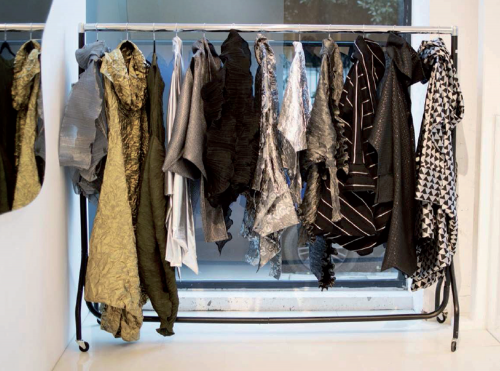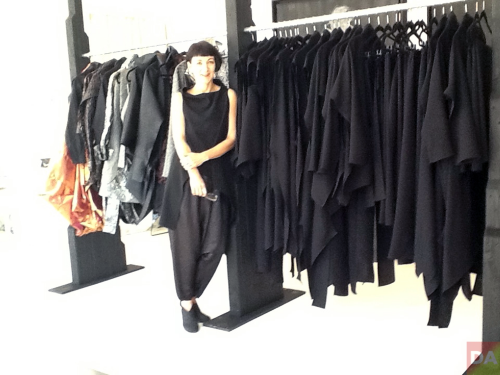above> elke and zaha at zhd gallery | ‘elke is my favorite fashion designer’ ~ zaha hadid
We heard fashion designer Elke Walter was in town, having a pop-up store at Deborah Colman and Neil Kraus’ Bucktown store [ pavilion ]
[DesignApplause] Elke, what brings you here to Chicago?
[Elke Walter] We are here to do a pop-up store. Chicago is a great architecture and design destination and I once showed at Luminaire in 2007. So we thought it would be good to come back.
[DA] Is the pop-up concept new to you?
[EW] Actually we started this year. Let’s go back. Last year we, my husband Alfred and myself, moved from Germany to France. We were in a mood to start something new. In Germany, Hamburg, we had a studio and like other designers we were producing and selling to stores. We don’t have a store and I don’t like to go to fashion fairs which allows us to live in the countryside, in Provence, and everything feels very good, almost magical. It seems I am supported by the nature surrounding our new studio, I don’t know how to explain it, I feel it has an influence on my work. If you feel good you can transport this feeling through your work.
[DA] What’s your new environment like?
[EW] We live next to a vineyard. We have a very big garden. It’s a big place though my studio is very small. I now take the time to devote one-to-two hours to work in the garden.
[DA] Do you work alone?
[EW] I am surrounded by very talented and compatible local help. The conceptual, the creative I do myself and my helpers create the prototypes and some of the products. That said, it was difficult to find women who could respond to my needs. But it’s been a year or less so maybe it wasn’t all that difficult.
[DA] As a designer there is a certain element of control.
[EW] True, but the relationship, the chemistry who you work with is very important. And we are a close, small group. We don’t want to be big, we are in the country and I do feel the reduction in pace and pressure compared to a big city.
 essentials collection
essentials collection
[DA] How do you work?
[EW] I don’t work on a computer. I don’t sketch. I just cut. I have my basic patterns in mind and I know when I have a fabric what to use it for. I’m always looking for fabrics and I buy what I like. I have something very abstract in mind when I buy the fabrics. Sometimes the concept comes later but sometimes, it’s very exciting when I use the fabric as soon as I come home. I just cut, do the basic seams, the basic sleeves, the rest is open and then I see what I can do with it. At the start I work on a mannequin.
[DA] Ok, so you create as you go. You know the strengths and weaknesses of the fabrics. When someone asks you to do something you can grab the right fabric.
[EW] Yes and, I do not leave the choice to my customers. I like the idea of someone telling me I need a dress, I need a coat, I need something sumptuous, do what you think is good for this. I may be told what the event is and maybe there are limitations like don’t make it black or silver. I may then send just one piece or a box of things that I curate from what I have on hand.
[DA] What is the lead time for a dress?
[EW] If I have the time and I can concentrate on a piece, it can be created within a week if I have the fabric. If I have to look for the fabric I need one week more.
[DA] I learned that you also do work for the performing arts. Tell us about that experience.
[EW] I did performing arts twice. Once for the German theatre and then for the same director for a Hong Kong presentation. It took me three months to work on each. I would like to do it again and we’ll see if an opportunity presents itself but it’s something I don’t pursue with vigor because my regular work needs time too.
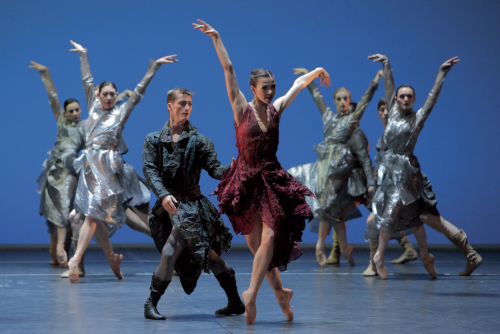
[DA] You’ll figure it out. What is your mix within your current portfolio?
[EW] I have a collection called ‘Essentials” which come only in black and there are always pieces available. They are basics and there are many options. Everyone says they feel so comfortable. That’s because of the way I cut. For example, with long sleeves there are no shoulder seams which demands quite a bit more fabric. Production apparel is cut with fabric efficiency in mind, usually at the cost of comfort. I am now spoiled wearing clothes that offer a great degree of comfort and freedom.
[DA] Do you design for men? I’m thin but I’ve worn oversized for such a long time. Now fitted clothes are in and it’s a whole new wardrobe. And I can see a man wearing some of your work.
[EW] Yes, snug clothes are in now, it’s the trend. And the clothes are much cheaper to produce. I am working on a new unisex line. They are coats and jackets and they are loose fitting. I’ve done clothes for my husband and Nasir Kassamali. I’ve done shirts. The men’s jackets look a bit different than what we are used to seeing.
[DA] Do you feel your clothes are designed for a different physique?
[EW] For small people everything looks good. It is difficult if you are very thin. I now have three sizes and they seem to work. One reason is many of my pieces are adjustable or can be worn different ways. You can let it hang loose or cinch it up and make it look best for you.
[DA] How did you get into design?
[EW] I did many things before. Maybe this is not the end. I was a writer, my husband is a writer. We did live in France from 1994 to 2001 and I started designing my own clothes because I couldn’t get what I liked where I lived. There was a day when I needed someone to do something for me and I was forced to do it myself. I placed no restrictions on myself, doing it differently, doing what was possible. I started very simple, then it came closer to the body. Then I got my first customer which I never had in mind to work for other people. But there were other orders and when we went back to Germany I brought my clothes into a shop. At this time I was making one-of-a-kind. And then in 2003 I opened my own store. I would buy fabric and make one-of-a-kind and it was very successful. I couldn’t believe it. One should have studied for what I now do, and the success encouraged me to keep going. I became a member of the German craft council, I am still a member. We went to shows and in New York where I met Nasir and he invited me to go to Miami in 2006. In fact he introduced me to Zaha Hadid and this December I will be showing in her design gallery. Looking back, one day you notice you’re part of the design world and that was never the plan. The plan was to do something for myself.
[DA] Was the craft council responsible for getting you out of your city?
[EW] The council presented opportunities which I followed. For example, the government gives financial support to go to fairs and provides venue to show your work. They also included me in an installation at a Hamburg museum. There were many opportunities.
[DA] What’s the difference between a trunk show and a pop-up store.
[EW] A trunk show typically occurs in a department store or boutique shop and you bring your trunk of work and they bring their customers. With a pop-up you have much more responsibility. It’s your shop within a shop. And you wouldn’t go into a fashion shop because they have their own stable of designers. With a pop-up you can go into many design worlds, an interior world for example and for a brief period of time your work is special within another environment, though design is the common thread.
[DA] Clive Thompson, a writer, says ‘our ideas are inspired by our environment.’ Are you inspired by your environment?
[EW] When I work, what I’m doing, what I like, I cannot say I saw something that inspired me. What should I say? I like certain things of course though I can’t say my dresses are a result of a tangible this or that. You know, it’s here (pointing to heart) and I’ve thought about this and I’ve talked to my husband a lot. For me, when something is done you may give it a name. For example color, some things look like morning dew to me or rain. So you see, my process is the other way around. And the process lives in a claustrophobic place, it’s in my head, and it’s my mirror. It’s me and the fabric. and that’s why, even when we had a studio in Hamburg and we had people working there on staff, I couldn’t be creative there, with people all around me, it was impossible. I took half of the day in my studio and half of the day in my head.
[DA] You mention mirrors. How important are the mirrors in your life?
[EW] Very important. Because I have to see what I’m doing while I’m doing and I want it to be beautiful from all sides.
[DA] So you have a mirror surrounding you?
[EW] No no, it’s one mirror. I am really not complicated, it’s really very simple. And now my space is very small. Me, the mirror, the fabric. And there I am standing, always standing. It’s a very physical exercise when I’m doing one-of-a-kind.
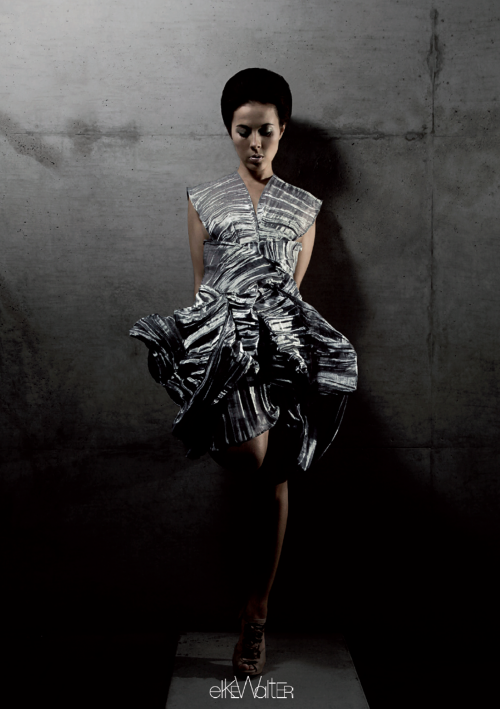
one-of-a-kind
[DA] What’s the function and purpose of clothes. To you?
[EW] We should look good in it. We should look good and be comfortable. And not just like everybody because you get clothes, both cheap and expensive, and I don’t see a difference. The clothes should show your personality. If it’s a simple black thing, cut in a different way, people will say, “Oh she must be special” or “she looks so different”. You don’t want to hide in the crowd. You don’t want to be like a mouse or an insect. Or a fish in the sea.
[DA] Ok. I get it. You know when we are talking about fabrics I was recently a guest of Heimtextil and though I didn’t talk to many designers I was almost always thinking how the designer, the fabric, the presentation, how do they arrive at the end product. How do very successful designers, and I include you, get the fabric?
[EW] Very famous designers work with manufacturers, and we talk about this. For instance in Italy, if you have an idea the manufacturer does it for you. I want this print, this texture, this weight, this function, maybe two colors, maybe 14, and the manufacturer shows you this and that to respond to. If you go to a fabric fair, a very good in Paris, Première Vision, on the first day you just walk around looking touching and you choose the companies you like most, and you choose your samples, your swatches which are sent to your studio. Then back at the studio you put together colors and textures. The best is to find your manufacturer. That way you don’t need 20 options you need just one, two, three, and that’s what we are doing now. And there are also wholesalers who deal in smaller quantities and deal with the designers who are yet another resource to choose. If I do a one-of-a-kind I am looking for a very special unique fabric.
[DA] What are trends to you?
[EW] Trends are market related so you have to do something for the next season. So you buy something new. That’s all. It’s fun for people who participate. I don’t want them to stop. For me, a bit foolish because for example, in the 90s everything had to be neon colored. Shoes, jewelry, nail polish, lipstick. And then you have all this stuff in your closet. You know, this is very personal. And then they say, let’s go back to the 80s. Then everything we just mentioned practically goes to black. The trends are primarily the province of less expensive products and everybody wants to fit in. Granted, its good for the economy.
[DA] Do you throw in the creative recipe sustainable, ecological solutions?
[EW] Oh yes, though I don’t use or look for special ecological, organic fabric, because for me sustainable is that I can wear my work for years on end. And I can wash it and not take it to the dry cleaner and it still looks perfect. It remains unchanged in the design, its freshness, its state.
[DA] I’ve changed my attitude a bit. This past year I had to judge a show of new products and my criteria was if there was no sustainable effort, we are talking about material here in most cases, the object could not receive a vote higher than five, no matter how it looked or behaved. My criteria has shifted more in line with your assessment of what sustainable means and now put that in my equation.
[EW] There are many aspects to this issue. You can work with organics but you also may have a worthy self interest to work local and the material and the manufacturing might not be locally available. And I feel, with what I do, I could have trouble always finding a unique, renewable, beautiful, sumptuous, responsive material for every solution. I can rationalize there are not that many one-of-a-kinds in the big scheme of things.
[DA] You know, I am a hypocrite in this matter. At home we don’t use plastic bottles for water, nor plastic bags at the grocery store. We take public transportation when we can and in DA I preach sustainable. But our car, it would be labeled high performance.
[EW] Ok, if we are going down this path, I don’t use cotton because I don’t like cotton. The material I use is, well, high tech.
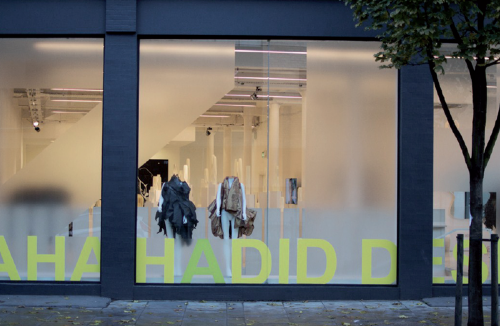 zhd gallery pop-up
zhd gallery pop-up
[DA] Are you on your computer looking at fashion?
[[EW] No, not fashion. I use the computer for music. My son give me music in my dropbox and now I have an extensive playlist and the music goes on before work, during work and occasionally in the evenings. And I enjoy Youtube. The computer is next to my music and I enjoy finding out what the singer looks like, the performance art of the song and I am less interested in what they are wearing.
[DA] When I listen to music I listen to the music, not the words, but the music. I can be following a song for two years and all of a sudden it dawns on me what the song is about.
[EW] When I’m standing, draping and cutting the music needs to be loud. And not classical but edgy. When I’m sitting the volume comes down. I also look at design blogs. I like to look at lighting, installations, I follow Zaha Hadid and enjoy what she creates. I use it for research and follow German and French politics. I read The Guardian online. I’ve looked for shoes. Ah, I don’t have much time to do any of this. I prefer working in the garden. Alfred lives on the computer and tells me everything that’s important. He tells me everything I have to know.
[DA] What’s next?
[EW] Monday we go to France to get ready for Geneva and Hamburg where we are still working with two stores who want our stuff and we do runway shows for their designer week. Then to Berlin where we will be in an art gallery. Then in London where we will be in Hadid’s design gallery. We were also thinking about being in New York at year end where a store wants us to come but we wonder if it’s a good time just before Christmas when everyone, the women who buy our work, are extra busy socially and don’t have the time to come to a pop-up. We are also talking to an artistic photo gallery in Berlin. I like the interplay of photography and my work.
[DA] Anything else?
[[EW] While in Chicago I really enjoyed giving a lecture at the School of the Art Institute fashion department where I was a guest of Katrin Schnabl. In my new space I miss my interns. We had a lot in Hamburg and now I don’t have the space and we live in the countryside and they would have to find a place to live and they would be bored.
[DA] DesignApplause has a roster of about 15 interns and they work when their schedule permits. What’s interesting for me is I pick the ones who are fast at what they do.
[EW] Ah, same here. I don’t pick them because of their portfolio. I first want to talk to them and then I give them a little test. I want to see their practical side and our working chemistry. I am also wanting to get back into objects. Maybe lighting. I am working on a pendant light where the light source is coming from the bottom. I would like to collaborate with a lighting designer and I am looking into that.
[ Elke Walter ] is a mainly self-taught designer who has always refused to learn from others. Her aim was to get down to her own creative impact. The inner need to create things and give shape to fabrics was her stimulus.
But after more than 15 years in fashion business, furnishing more than 20 boutiques worldwide, and feeling urged to get back again to her own expressionism Elke and her husband Alfred, decided to make a sharp cut.
In 2012 their 20 boutiques worldwide were informed that they will not be furnished with Elke Walter collections anymore. The Walters gave up store and atelier in Hamburg and moved to Southern France. The reset button was pushed.
In the Provence countryside new expressive design is created that is showcased and sold via a pop up system in Europe and the US. Based on a permanent basic line, the Essentials, one-of-a-kind items are created, as well as a genderless avant-garde and an accessories line. Good form on a base of sustainability.
Innovative design, combined with distinguished craftsmanship is able to produce the thrilling highlights of today.
[ 2014 schedule ]
Hamburg ( private sale ) end March,
San Francisco | Aidlin Darling Architects | 18 > 190 April ( Easter )
London | ZHD Zaha Hadid Design Gallery | 29 > 31 May
Frankfurt | location to be announced | 12 > 14 June
For the 2nd half of 2014 details to be announced
New York
Sao Paulo
Dallas
London
Miami
<a href="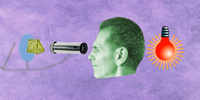 about ron kovach
about ron kovach




